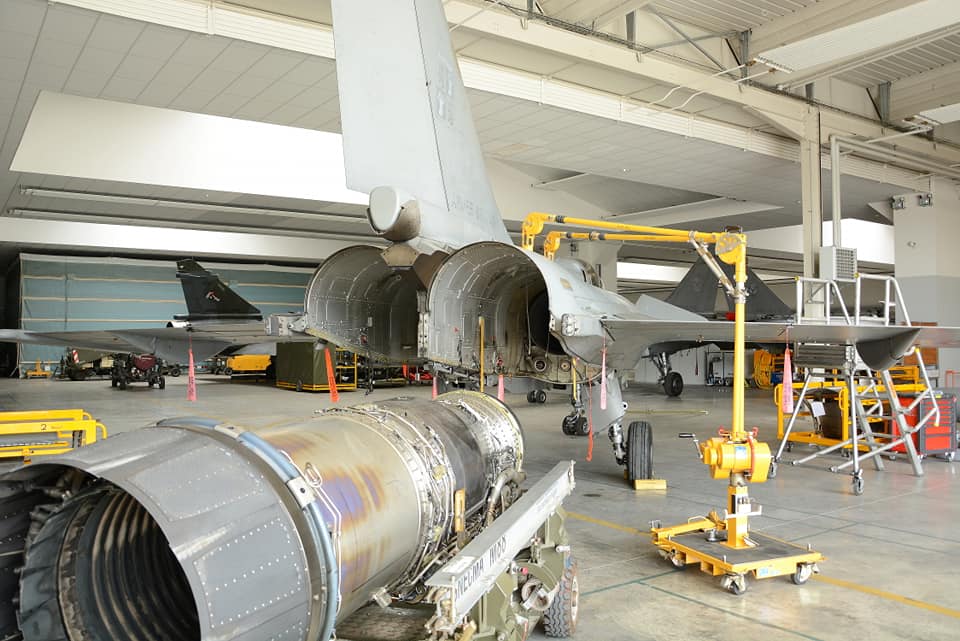SOURCE: RAUNAK KUNDE / NEWS BEAT / IDRW.ORG

In a significant development for the future of military aviation, France’s Safran Group is working on a heavily modified M88 engine to power its sixth-generation fighter jet prototypes. The same engine is expected to serve as the base for the development of an Indo-French jet engine for India’s fifth-generation AMCA (Advanced Medium Combat Aircraft) fighter jet program. This collaboration marks a crucial step in advancing the capabilities of both nations’ fighter fleets and strengthening their defence ties.
The M88 engine, which currently powers the Dassault Rafale, is known for its reliability and performance, producing 75kN of wet thrust. However, India’s Defense Research and Development Organization (DRDO) requires an engine capable of generating 75kN of dry thrust and wet thrust of around 110-120kN for the ambitious AMCA program. Safran Group is rising to the challenge, working on a high-thrust engine capable of delivering 125-130kN thrust for France’s sixth-generation fighter jet.
The joint effort between France and India in developing the heavily modified M88 engine represents a strategic partnership, with both nations aiming to harness their collective expertise to produce cutting-edge fighter engines. Safran Group will lead the hot section development and engine integration, while India’s Gas Turbine Research Establishment (GTRE) will be responsible for the cold sections and maintenance, repair, and overhaul (MRO) services.
The significance of this collaboration is further highlighted by France’s consideration of engine upgrades for its current Rafale fleet. The new engine, once developed, may be offered to the French Air Force and eventually find its way to other operators of the Rafale, including India. The Rafale’s Flying Testbed will play a vital role in testing these new engines, ensuring their seamless integration into the existing fleet with minor modifications.
The heavily modified M88 engine is designed to produce strong supersonic thrust while enabling the aircraft to cruise at low speeds over extended distances. This versatility is vital for next-generation fighter jets, as they are expected to undertake a wide range of missions, from high-speed dogfights to long-range reconnaissance and surveillance.
NOTE : Article cannot be reproduced without written permission of idrw.org in any form even for YouTube Videos to avoid Copy right strikes